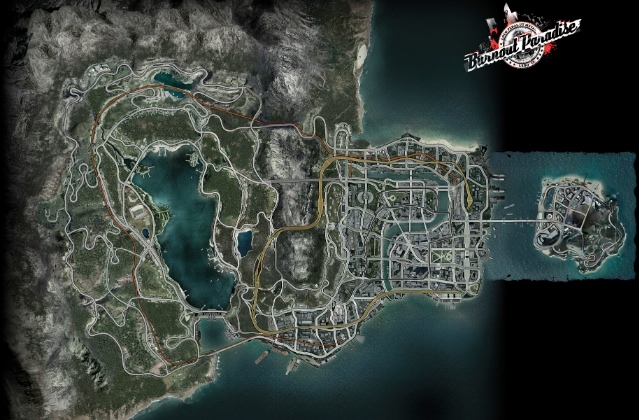RetroEmoji Challenge: a simple game created using ChatGPT
Update: also try Emoji Flashback!
This morning, I came across Sumplete, a game invented and coded entirely by AI (ChatGPT). This sounded awesome so between meetings today, I had a go at something which, while not entirely original, is still something I wouldn’t have been able to create myself.
I present to you RetroEmoji Challenge!

It’s not perfect, or even that fun, but given that I literally just typed instructions into a box and then copy/pasted the output into CodePen, I’m very happy. It was fun.
How I made it
The Sumplete about page does a good job of explaining how to talk to ChatGPT. The only things I’d add are:
- You’re limited on the free version of ChatGPT to a certain number of lines of output. You can get round this by asking it to give you the HTML, CSS, and JS separately.
- ChatGPT can be a bit flakey and sometimes forgets what it’s talking about, crashes, or loses the chat history. If this happens, just tell it you want to share the code for a game and for it to tell you when it’s ready to receive it. Then paste in the code.
- Sometimes the code ChatGPT gives you doesn’t work, or doesn’t work as intended. You can tell it this, and sometimes it fixes it!
I asked for a ‘retro 1980s vibe’ for RetroEmoji Challenge. And yes, ChatGPT came up with the name for it.
There’s a lot of trial and error, but there’s a lot of that with any kind of project, and I literally couldn’t have made this by myself. Copying-and-pasting the code into CodePen helps see the changes you make in realtime. It’s kind of addictive.


